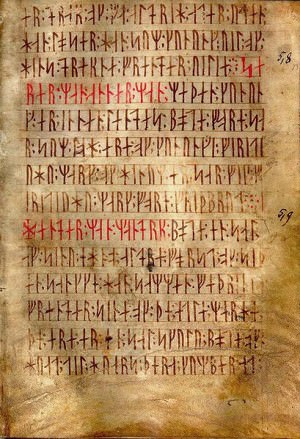Runic and Latin Written Culture: Co-Existence and Interaction of Two Script Cultures in the Norwegian Middle Ages
Runic and Latin Written Culture: Co-Existence and Interaction of Two Script Cultures in the Norwegian Middle Ages
Stephanie Elisabeth Baur: zur Erlangung des Grades Magistra Artium im Fachbereich Nordische Philologie
Eberhard Karls Universität Tübingen: Deutsches Seminar Abteilung für Skandinavistik, Magisterarbeit, 14. Juni (2011)
Abstract
When Latin writing finally reached Scandinavia sometime in the 11th century, it was met by a strong and well established runic writing tradition which had been in permanent use for over 800 years. Latin script culture came in the wake of Christianity and church organisation, and the Latin alphabet was by this point of time already deeply rooted in social, political, and religious institutions in which it served as a pragmatic writing system. However, in spite of the powerful apparatus in the service of which Latin writing stood, the native script culture was not immediately superseded by the newly arrived script system.
 Instead, there evolved for a period of some 300 years a vibrant two-script culture which was characterised by the peaceful coexistence of runic and Latin writing. Runic tradition not only survived by the side of Latin script culture. It rather appears to have experienced an enormous upswing after the introduction of Latin writing, and the use of runes continued to flourish well into the 14th century. This development proved to be unique in the European context in which runes had otherwise become negligible after the Latin alphabet had been implemented.
Instead, there evolved for a period of some 300 years a vibrant two-script culture which was characterised by the peaceful coexistence of runic and Latin writing. Runic tradition not only survived by the side of Latin script culture. It rather appears to have experienced an enormous upswing after the introduction of Latin writing, and the use of runes continued to flourish well into the 14th century. This development proved to be unique in the European context in which runes had otherwise become negligible after the Latin alphabet had been implemented.



0 Comentarios